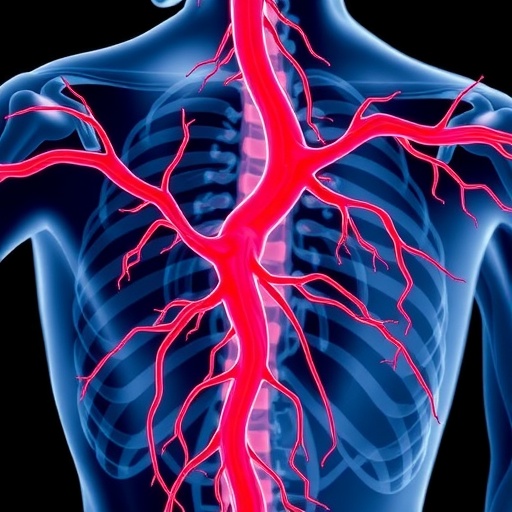By combining artificial intelligence and hyperspectral imaging, we can make sure facilities are clean during norovirus and flu season — cutting cleaning costs and reducing use of disinfectants
Aalto University researchers have developed a real-time optical technique for identifying dirt and bacteria on surfaces. The AutoDet method, which stands for automatic biological contamination detection, can be used in healthcare and public spaces to ensure the cleanliness of facilities during norovirus outbreaks or flu season or that operating tools are sterile before an operation begins.
‘Current devices for checking the cleanliness of surfaces are slow and require a trained operator. Using the new method, we are able to visualise dirt in real time, for example, at an airport or on a cruise ship. With this method, patients can verify before the operation that the operating room and operating tools are clean,’ explains Academy Postdoctoral Researcher Juha Koivisto.
Hyperspectral imaging collects as much data as possible from thousands of different frequencies across the whole electromagnetic spectrum. Where a normal camera records only the red, blue and green colours visible to the human eye, hyperspectral imaging enables the recording of hundreds or thousands of colours.
–> Watch the method in action (1-minute video) here: https:/
Eelis Mielonen, a student of natural sciences at the University of Helsinki, focusses specifically on data analysis. He used artificial intelligence to help identify living organisms in camera footage. The AI can pick out bacteria, or dirt left by fingerprints, and separate these from non-organic elements, such as a steel surface.
‘The required sensor technology is gradually becoming sufficiently sensitive and will soon be quite cheap, as well. In a few years, it will be possible to get a hyperspectral camera as an application for a mobile phone,’ explains commercialisation specialist Pasi Karppinen.
The two largest trends in the cleaning sector at the moment are automation and ecological cleaning methods. Based on the estimates, automation could bring 10% savings to the cleaning sector, while environmentally friendly cleaning could involve, for instance, the use of milder detergents.
With the help of AutoDet, cleaning can be ordered when it is genuinely needed instead of using regular cleaning timetables.
‘For some spaces, cleaning three times a week is too much, while for others it is too little. Using the new method for identifying dirt, cleaners can clean where it is genuinely dirty and use just the strength of detergent that is required. At the same time, the level of cleanliness can be demonstrated to the customer and end-user,’ explains Juha Koivisto.
The flu season increases the need for cleaning in kindergartens, nursing homes, hospitals and schools. The unnecessary use of disinfectants should be avoided, however, because they promote the development of super bacteria and the spread of allergies. This new imaging method can also help with identifying chemical traces left by cleaning.
‘We have used E. coli as a bacteria type for separating bacteria from dust. In the future, the goal is to develop a device so sensitive that it can distinguish between different bacteria, like separating disease-causing bacteria from harmless ones,’ Koivisto adds.
AutoDet can be utilised also in the food industry to ensure the cleanliness of abattoirs, ready-meal factories, fresh food sections of supermarkets, and greenhouses.
The AutoDet project was born out of the hackathon organised jointly by Industryhack and Lassila & Tikanoja in spring 2017, where Juha Koivisto and Pasi Karppinen won the Hacker’s Choice prize. At the beginnning of 2018, AutoDet obtained funding from Business Finland to help with commercialising the project.
###
Media Contact
Juha Koivisto
[email protected]
https:/




